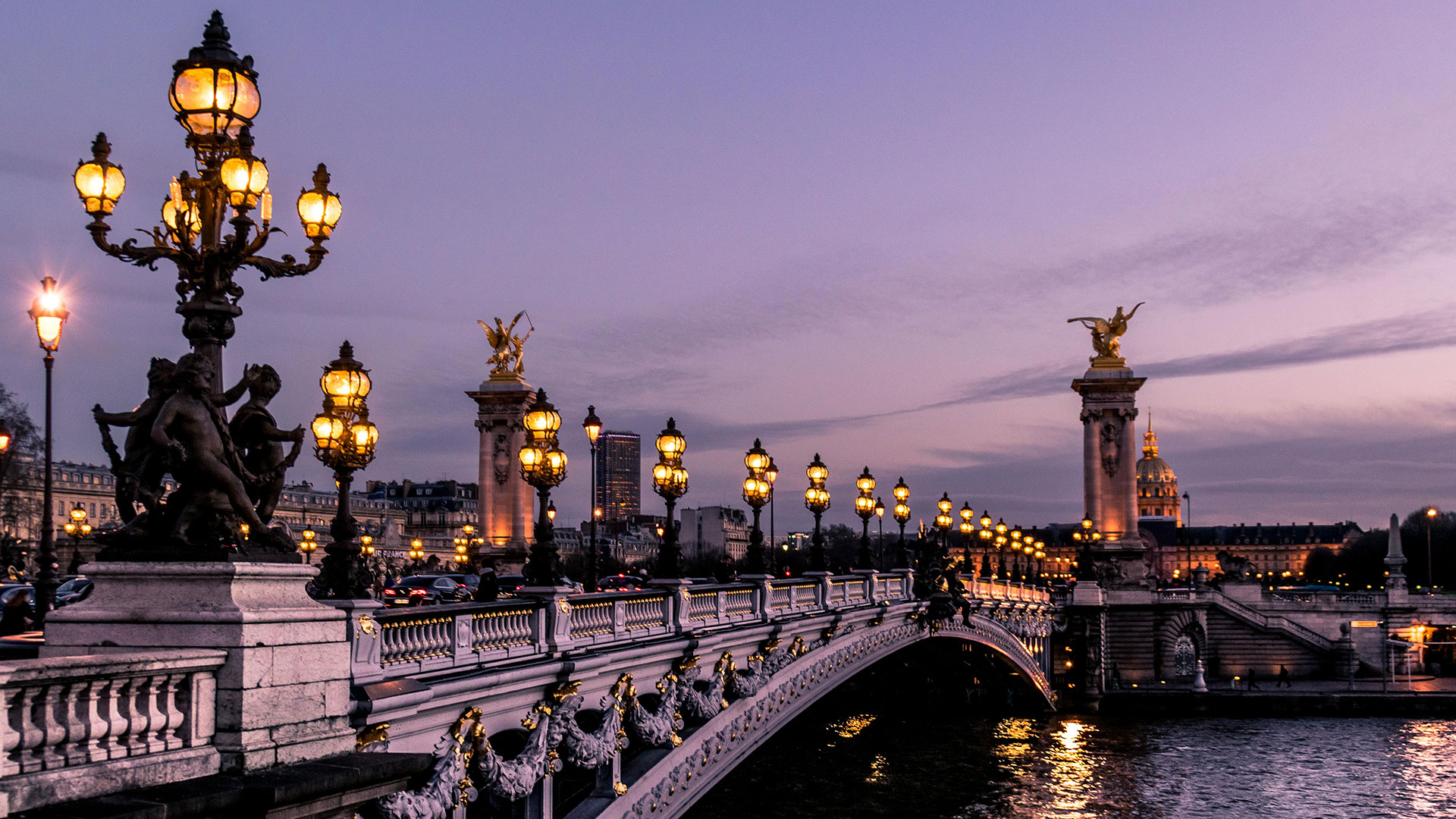A cracking convention
This year’s Paris-based PLDC presented yet another veritable feast of lectures, speeches and, of course, wine. The strapline for the convention was “shift happens” and many of the talks looked at the future of technology and lighting design.
The lighting community is an extremely sociable bunch and this gathering always offers a great platform for sharing thoughts, opinions and backgrounds. After 12 years of attending these sorts of events they feel like a home from home – but, it’s the speakers who are the main “event”, and the geek in me loves a few days of lectures and academic learning.
With four carefully chosen talks / lectures happening at any one time we were spoilt for choice – much to the credit of the organisers. Seeing speakers passionately share their research and specialist fields can’t help but fill you with inspiration. And, at Nulty, we feel that events like this are critical to the ongoing growth and development of our team, so nearly all of our lighting designers attend the PLDC.
From the 12 talks that I attended over two days, and from speaking to my teammates, I hope the below sums up and authentically captures the spirit of the convention…
Keynote Speakers:
It’s undoubtedly the talks / lectures that define the theme and reflect on the quality of a convention. The talks from the Keynote Speakers mentioned below were united in that they related to light, while providing a refreshing insight into lighting developments faced within landscape, architecture and automotive design.
Kathryn Gustafson (Gustafson Porter + Bowman, Landscape Architects)
Martin Bremer (Head of Design Strategy & Corporate Design, Mercedes-Benz)
Simon Ewings (Deputy Managing Director, Snøhetta Oslo)
Lighting specific:
My inner geek loves delving into the detail where the commercial pressures of everyday life often cut you short. Having read most of his papers on Climate-Based Daylight Modelling (CBDM), attending Prof Dr John Mardaljevic’s talk was a real treat, as there’s literally no stone he’ll leave unturned when assessing and quantifying the exposure of spaces to the visible light spectrum.
If you were fast enough to get a seat (or some floor space), Mark Major’s new talk on “Communicating Light” provided an insight into the preferred method of communicating and painting with light, by one of the world’s foremost and respected lighting designers. This sharing of normally closely guarded “secrets” across the industry is what the PLDC is all about, and Mark led by example.
Speakers: Prof Dr John Mardaljevic: Daylight exposure in heritage buildings / Mark Major: Communicating light and darkness – from sketching to VR.
Commercial:
Taking a step back from the minutiae, the running and development of a credible design practice is on a lot of people’s minds…on a daily, if not hourly basis. Koert Vermeulen and Paul Traynor provided both honest and humble understanding into how their careers and practices developed, and how to value and develop your team. In our current economic environment there’s a need to be astutely aware of the pros and cons of growth and retention of staff.
Speakers: Koert Vermeulen: Understanding “Design Thinking” / Paul Traynor: Lighting Design – a roadmap to professional credibility.
Theoretical:
Dr Alexander Rieck’s talk explored future technologies and how existing infrastructure and habits slow or hamper the development of them. For example, innovation cycles for infrastructure in the cities we live in take several decades to adopt new technology, whereas the devices we use daily evolve on monthly cycles. This suggests that societal and habitual norms are creating barriers in the speed of technological development and helps to explain ideas that are ahead of their time.
He cited examples such as the size limitations that the American road and rail network place on transporting the massive components required for NASA’s space program, and how Abu Dhabi’s Masdar City, which was originally intended as a zero-carbon city with an innovative transport system, has proven a step too far because of the behavioural and social changes that would be required.
Johannes Koponen took this one step further in his talk “Towards Digital Paradise”, where he proposed the potential evolution of society with technology. In this world, connectivity and information would usurp consumerism and lead to our reduction in decision-making, such as how to execute a journey (car, boat, bus, monorail etc), or perhaps find a partner; it would evolve political processes like voting and would eventually lead to freedom from energy wastage.
Speakers: Dr Alexander Rieck: Communicative Mobility – The Digital Shift / Johannes Koponen: Towards Digital Paradise.
Human / Cultural:
Culture is key to relevant design and this requires looking backwards as well as forwards. Akari-Lisa Ishii’s presentation on the polarised cultural attitudes towards light between the East and West was steeped in hundreds of years of evidence and supports the need for finding a suitable narrative in design, to ensure its integrity remains throughout the design process.
Hoare Lea’s Juan Ferrari then followed this with a great talk on how to apply narrative and the parallels that can be drawn between theatre and architecture to achieve this.
And lastly, an excellent performance by Jonathan Rush (also of Hoare Lea) provided an inspiring and wholly committed approach towards his “self-experimentation”. Also inspired by historical evidence he investigated the effects of omitting and increasing the 480nm spectrum of light throughout various fortnightly tests across an entire year, yielding thousands of hours of data at great expense to his fashion sense and his personal comfort.
Speakers: Akari-Lisa Ishii: Keeping an open mind – living and working in different cultures / Juan Ferrari: The role of lighting narrative in theatre and architecture / Jonathan Rush: Self-experimentation in light.


